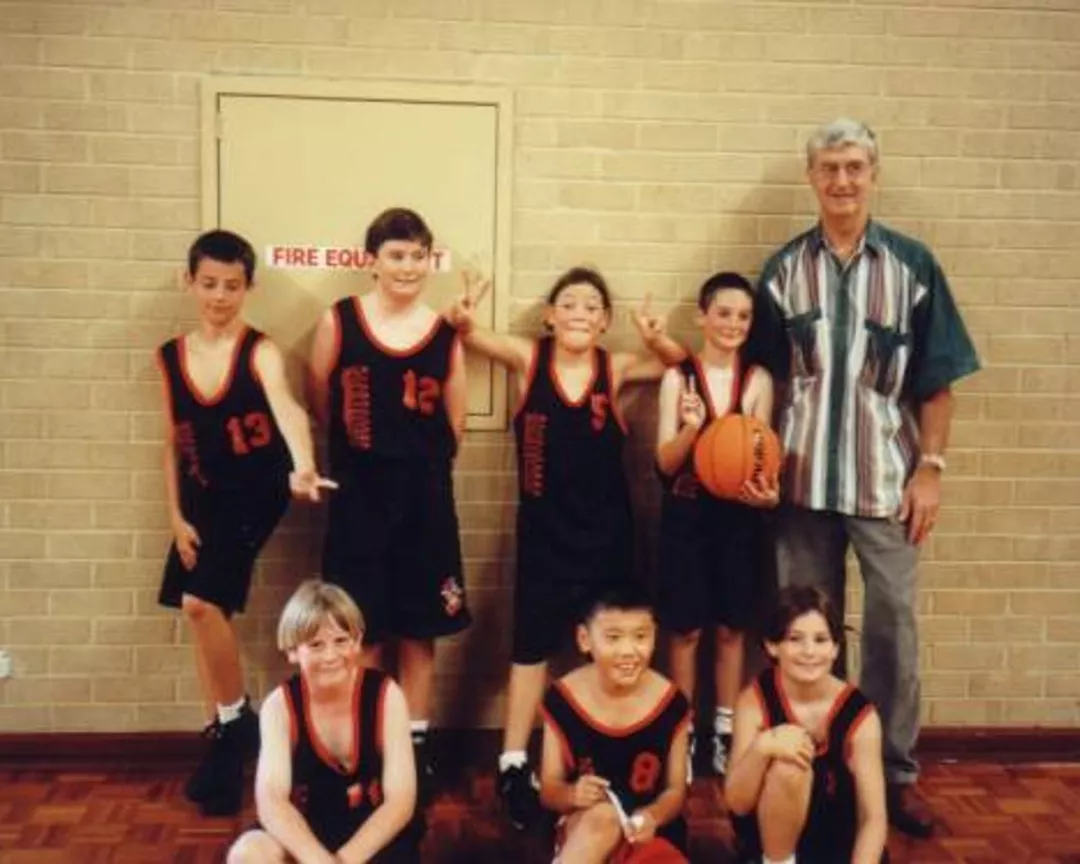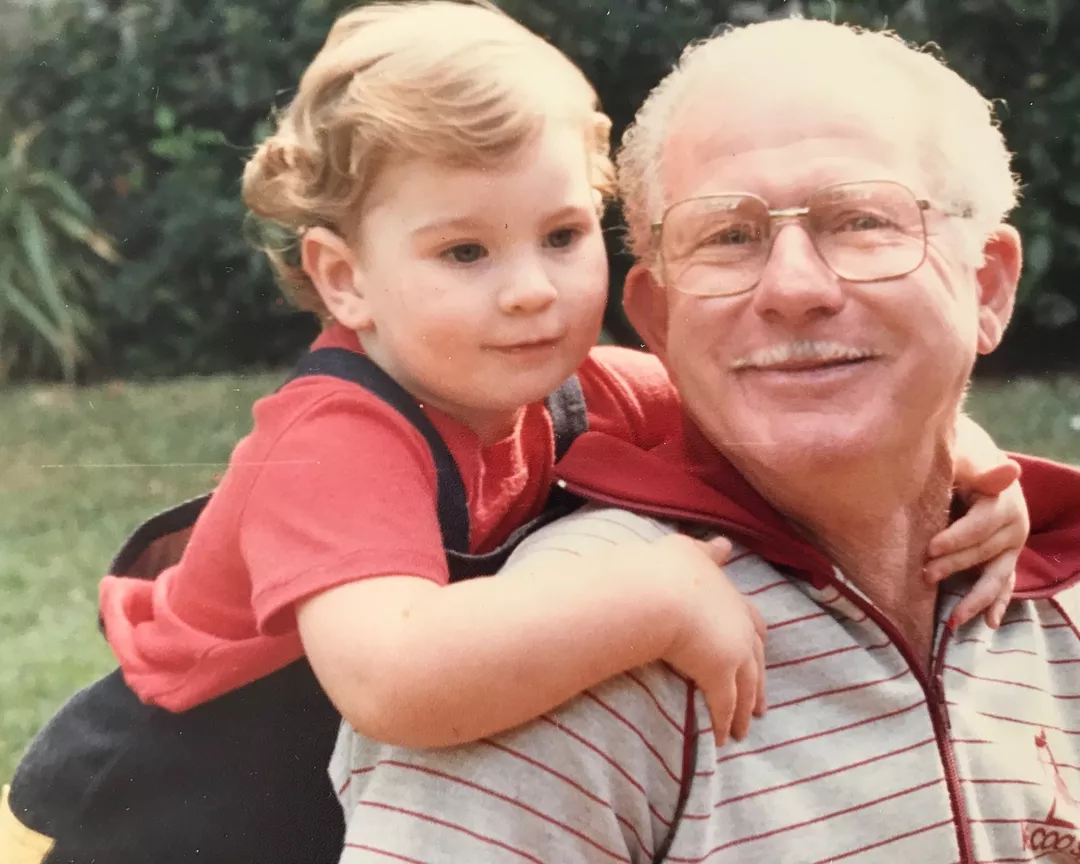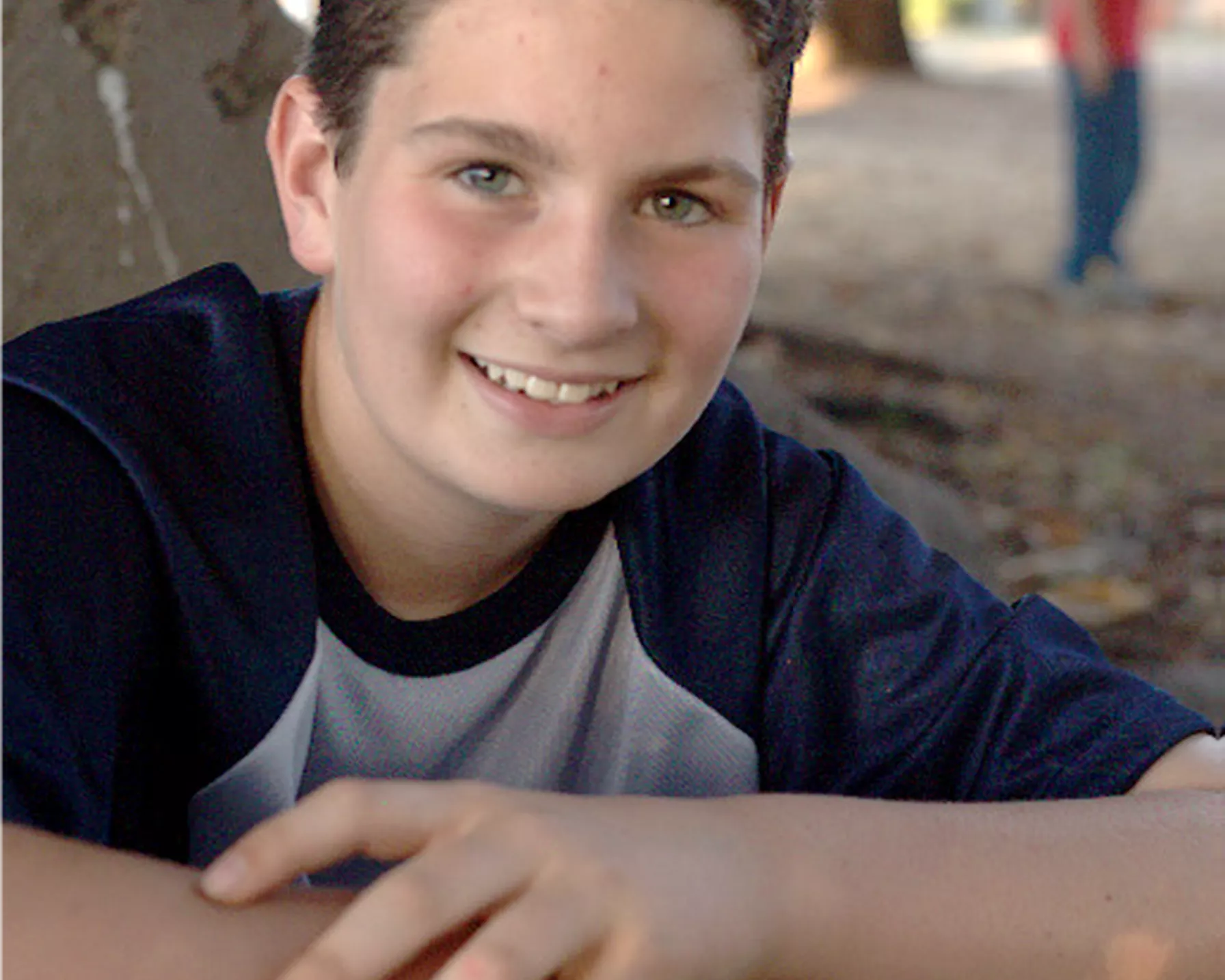Alan and Jan never expected to lose their happy and active 13-year-old son, Alistair. Alan shares their story.
Our family had no history of heart disease. On the contrary, both sides of the family had unusually long-lived ancestors, well into their 90s and some attaining their 100th year. We thought our two boys were blessed with strong genes and indestructible.
He was a happy, active, young teenager, who rarely had even a minor illness and never missed a school day. He was a leader and played his favoured sport basketball well, being a member of four teams, including his school, the local club, a WA State league junior team and a social team that he’d established for Friday night fun.
Alistair had a routine before dinner. He’d shoot hoops out the front of the house and wouldn’t come in till he’d finished off with 10 clean shots. Those with basketball playing kids will be very familiar with the sound of bounce-bounce-bounce, the backboard clatter and the clang of the ring. Over and over. Drove us mad.
Wednesday evenings were special nights when his Nana and Poppa would come for dinner, which Nana cooked.
On Wednesday 23 January 2002, the family had gathered around the dining table. Alistair was called to come in, shot his 10 in a row, and bounced in to the bathroom to shower for dinner.
When he didn’t emerge, his mother went to investigate and found him on the floor of the bathroom. Sometime in the last 15 minutes he had died.
Despite his mother’s and aunt’s immediate resuscitation attempts until the rapid arrival of an ambulance and the paramedic’s best efforts, Alistair could not be revived.
The Coroner’s best guess was that Alistair had acquired Long QT syndrome – a heart condition in which you can have sudden and dangerous abnormal heart rhythms – and that no intervention could have been anticipated or been effective in reviving him. There were no symptoms and no signs of ill health.
We’d never heard of Long QT syndrome, but we sometimes read about the reported sudden death of a young man and our hearts break for the families of those other young men, knowing what we now know.
For us now, our comfort is that while his life was brief – just short of 14 years – they were 14 years of great happiness for us his parents, for Alistair himself, for his older brother James and for family and friends.
We support HRI in the hope that there may be found some marker that can predict the chance of this awful event and maybe prevent it happening to someone else.
Alistair Stewart
5 April 1988 – 23 January 2002
How is HRI helping?
HRI conducts groundbreaking research across a broad range of cardiovascular-related topics, in our goal to reduce the number of people who die from cardiovascular disease and to offer a better life for those already suffering from the disease by developing next-generation treatments and medical devices.
Our Clinical Research Group is conducting research into congenital heart disease, with a focus on young adults living with congenital heart disease. The Group runs one of the largest Adult Congenital Heart Disease Clinics in Australia, at the Royal Prince Alfred Hospital, Sydney. Research conducted by the group includes projects designed to improve quality of life and exercise capacity for people living with congenital heart disease; improve health outcomes in congenital heart disease for young adults, their families and the health system; and establish a unique National Congenital Heart Disease Registry and develop it into a world-class resource with profound translational impact.






